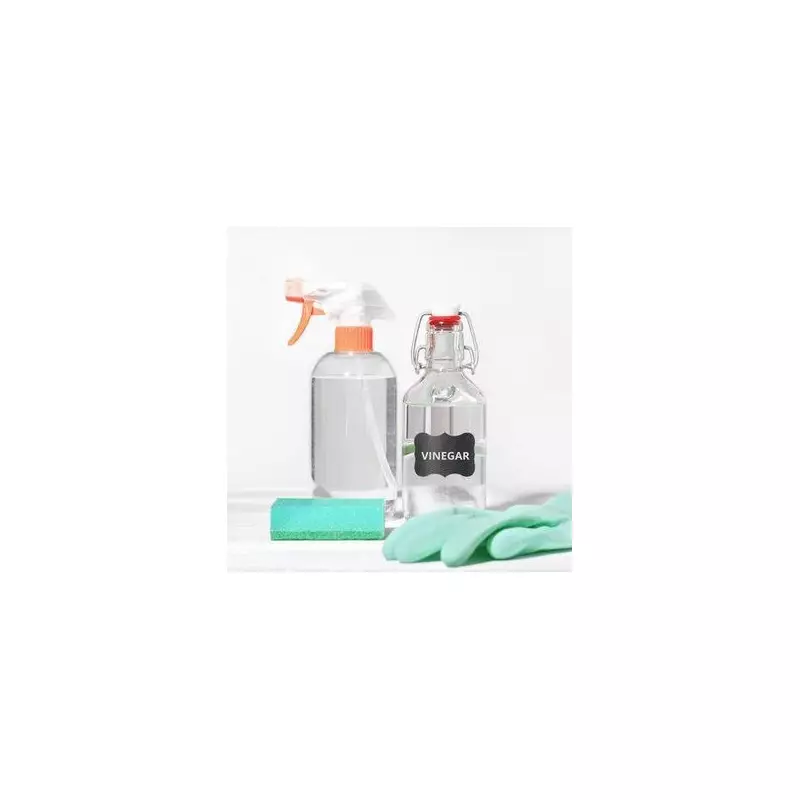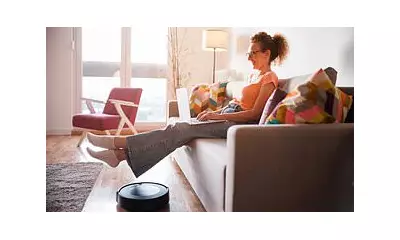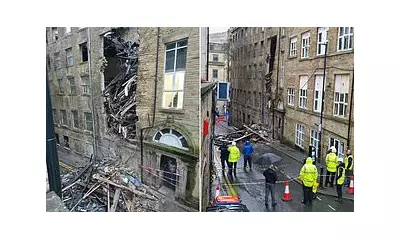
Many of us have turned to white vinegar as a go-to natural cleaning solution, but experts are now revealing that this household staple could be causing more harm than good in certain areas of your home.
The Hidden Dangers of White Vinegar
While white vinegar has earned its reputation as an eco-friendly and budget-conscious cleaning alternative, professional cleaners are sounding the alarm about its potential to damage surfaces and materials throughout your home. The acidic nature that makes it effective against some stains can be downright destructive to others.
Three Areas to Avoid White Vinegar Immediately
1. Natural Stone Surfaces
Your beautiful marble countertops, granite floors, and limestone tiles could be at risk. The acidity in vinegar can etch and dull natural stone surfaces, leaving permanent damage that requires professional restoration. Instead, opt for pH-neutral cleaners specifically designed for stone surfaces.
2. Electronic Screens and Devices
That smartphone, tablet, or computer screen you're trying to clean could be damaged by vinegar's harsh properties. The acid can strip anti-glare coatings and damage protective layers, leading to costly replacements. Use specially formulated screen cleaners or a microfiber cloth with distilled water instead.
3. Hardwood Floors
Your prized wooden floors might be suffering from your vinegar cleaning routine. Repeated use can break down the protective finish, leaving wood vulnerable to moisture damage and wear. Flooring manufacturers recommend using cleaners specifically designed for wood surfaces to maintain their longevity and shine.
Safer Cleaning Alternatives
Fortunately, there are plenty of effective and safe alternatives for keeping your home sparkling clean without risking damage:
- Baking soda for scrubbing and deodorizing
- Castile soap for general cleaning
- Hydrogen peroxide for disinfecting
- Microfiber cloths for dusting and polishing
Remember that different surfaces require different cleaning approaches. When in doubt, always check manufacturer recommendations and test any new cleaner in an inconspicuous area first.





